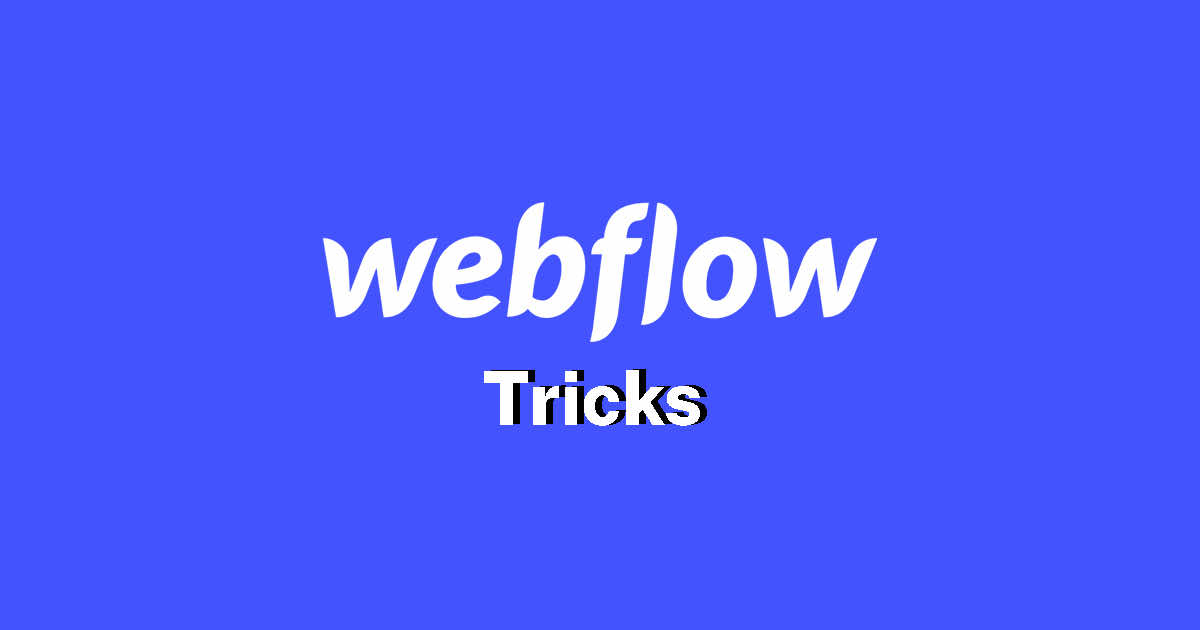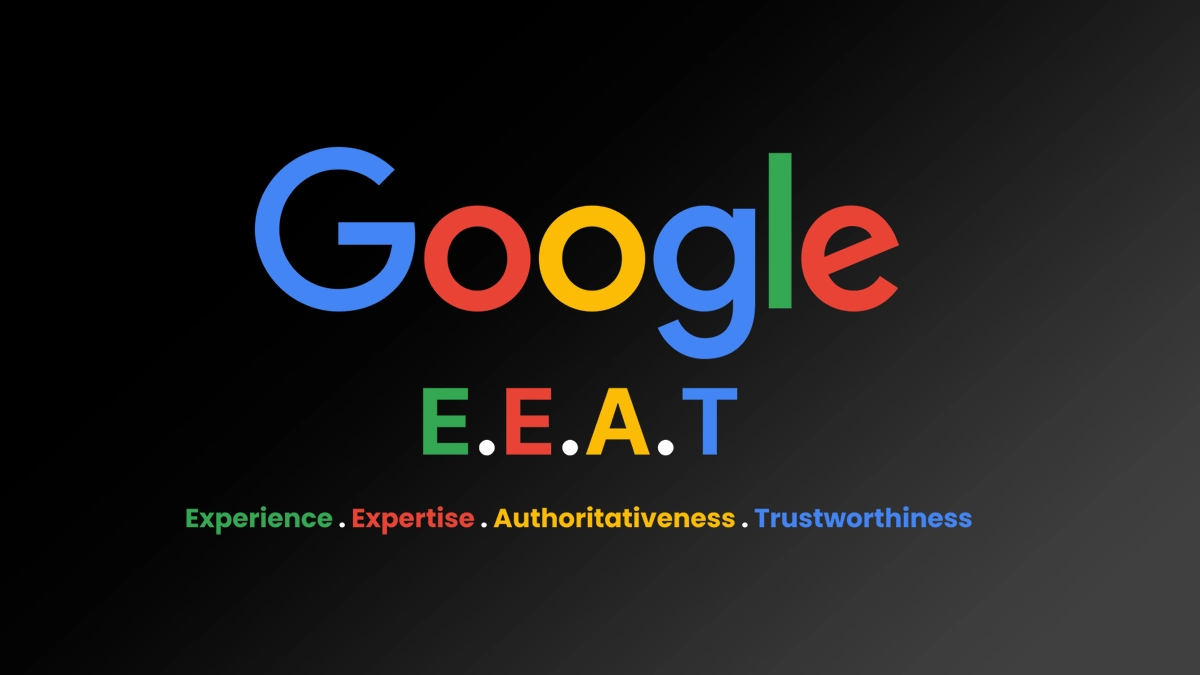How To
Tips on How to Cheat Facebook Organic Reach

On average, a user can see from 1,500 to 3,000 brand update on his Facebook newsfeed; most of these updates may not be relevant, appealing, or adding value to the user, and by the time the user will spend less time on-site and subsequently, this will affect FB, so the organic reach has been declining since 2013 until it became less than 3%. If you want to reach more, pay.
How to increase organic reach?
How can we reach more people without spending some bucks behind our posts? Based on some studies made in the US and other regions by social media professionals, some ways can help you increase your organic reach a bit, but these tips will not boost your post as the paid reach. Below are some tips based on some research and reading from many sources, summarized and added in one place so you can use it or don’t…. it’s up to you.
1. Content
“Content is King”; a well-known fact nobody implements – it doesn’t matter the number of posts you make; what matter is the quality of content; some content may live longer because it has the right relevant or appealing message with the right media than can make it last longer and can get more engagement than newer posts. And by getting more engagement the post will appear on the newsfeed of friends of your fans or your fans.
2. Video content has an organic boost from Facebook
Photos used to be the reach cow on Facebook, and they were the most promoted type of media until late 2014, Videos took over, and photos declined to be the least. Below is a graph showing the organic reach for videos versus the other type of media.source: social bakers
3. Use post targeting to deliver your content to the right target audience
To avoid any wastage, target your people through the post targeting options; they will be more interested in your content when they see it on their timelines. Consequently, engagement per post will be higher; see the figure below to know how to target your audience-targeted audiences on Facebook.
4. Avoid the clutter
Study your competitors and how and when they frequently post, avoid these time intervals, and avoid getting diluted within other posts unless you want to communicate a counter offer. So you need to check 2 things:
- When your fans are online from FB insights when fans are online
- Competitors timing: Try to find a sweet spot where the fans are online, and the competitors are not.
Finally, all the above can help you increase your organic reach but will never give you the effect of paid reach.
Apps
5 Best URL Shortener Services in 2024 [Free & Paid]

A URL Shortener is a technique in which a URL may be made shorter and still redirect to the original long page.
Most URL Shorteners are free and easy to use but come with limitations.
Google shut down its Google URL Shortener in 2018 with continued support until March 30, 2019. However, all existing links will continue to redirect to the intended destination.
Top URL Shortener Services on the Internet
1. Bitly.com
Bitly offers a free and enterprise version of its URL shortening service. No signup necessary, but creating an account allows you to manage links quickly and change the short link characters if you wish.
According to this Quora answer, the enterprise version of Bitly costs around $995/month.
Pro Tip: add + after the short link to access analytics of any bitly link. bitly.com/link+
2. TinyURL
A simple shortener that requires no sign-up and allows users to customize the keyword. The service is free to use, but there is no analytics.
3. Short.io
The best shorten link provider so far, it has so many useful features such as google analytics integration, bulk import, broken links detection, built-in analytics with so many details, link cloaking, and more.
Cost: affordable compared to similar solutions.
4. Rebrandly
Rebrandly is one of the popular URL shortener services in the market. It’s the most complete and reliable link management platform. Their solution provides the easiest way to create, measure, and manage short URLs with a custom domain name.
You can buy your domain name using Rebrandly, tag your URLs using UTM tagging, allow social media pixels to optimize for conversions, and more.
It’s expensive compared to other solutions.
5. eg.gd
eg.gd is a new URL shortener service that offers the same as rebrandly but for free. It was launched last year when bit.ly service was blocked in Egypt.
How To
How to include current URL in a Webflow form?

In the course of my professional endeavors, I consistently inquire about the origins of information, the methods by which our audience discovers us, and the roots of potential leads. These inquiries, among others, are integral to unraveling the complexities of the marketing funnel.
A commonplace challenge encountered by numerous marketers on a daily basis revolves around a pivotal question: which blog post proves most effective in generating leads and conversions?
If you have a blog on Webflow that includes a lead gen form or a newsletter form in all blog posts, when you receive an email from one of the forms – of course, you have to find out the URL of the respective page. This way, you can detect the top converting posts.
I’ve been searching for a solution here and there and finally found it. So, I thought to share it here.
How to automatically include the current URL in the webflow form?
- Add an embed code before the submit button of your lead generation form or any other form type – make it hidden, and insert the following code into it then save.
- The javascript code you need to make this work:
<script type="text/javascript"> window.onload=function()
{document.getElementById('pageurl').value = window.location.href;} </script>
<input type="hidden" id="pageurl" name="pageurl" value="pageurl" />
3. Once published, any new form submission will have a new column called “pageurl” so you can detect the source page of this submission.
Follow us for more Webflow hacks.
How To
Google’s E-E-A-T Principle Explained for SEO Success

In the ever-evolving world of digital marketing, staying ahead of the curve is paramount. One essential factor that often flies under the radar is Google’s E-A-T principle, which stands for Expertise, Authoritativeness, and Trustworthiness. This principle, now upgraded to E-E-A-T to include Experience, plays a pivotal role in enhancing website credibility and user experience.
In this article, we’ll delve into how understanding and implementing E-E-A-T can significantly influence your search engine rankings.
Unearthing the Essence of Google E-E-A-T
E-E-A-T is an acronym that encapsulates the qualities Google values when assessing the quality of online content. While it might not be explicitly mentioned in Google’s 200 known ranking factors, it holds undeniable significance in the eyes of quality raters and SEO professionals alike.
Expertise: Mastering Your Domain
Expertise is the cornerstone of E-E-A-T. It revolves around showcasing your in-depth knowledge and proficiency in your niche. To demonstrate your expertise effectively, consider these strategies:
1. Comprehensive Subject Mastery: Your content should reflect a deep understanding of your subject matter, leaving no room for ambiguity.
2. Credentials and Qualifications: Display relevant qualifications and credentials to bolster your credibility.
3. Proven Track Record: Highlight your past accomplishments and successes, as they can instill trust in your audience.
4. Research and Data: Stay updated with the latest research and trends in your field and back your content with accurate data.
5. Niche Specialization: Focus on a specific niche to establish yourself as an expert in that area.
6. Active Contribution: Contribute to your field by publishing content, and research papers, speaking at relevant events, or joining professional organizations.
Experience: Real-World Application Matters
Experience complements expertise by emphasizing practical, real-world application. To convey your experience effectively, consider these tactics:
1. Practical Application: Apply your knowledge in real-world scenarios and showcase your problem-solving skills.
2. Case Studies: Present real-world examples and results to illustrate your expertise in action.
3. Success Stories: Share stories of achievements or satisfied clients to instill confidence in your abilities.
4. Portfolio Display: For creative fields, such as design, art, or writing, showcase your previous work to demonstrate your experience.
5. Knowledge Demonstration: Stay updated with industry best practices, trends, and new developments, and share your insights through blog posts, articles, or speaking engagements.
6. Customer Testimonials: Positive testimonials from satisfied customers provide social proof of your expertise.
Authoritativeness: Building a Trustworthy Reputation
Authoritativeness centers on establishing your website as a reliable source of information within your niche. To enhance your authoritativeness, consider the following strategies:
1. Backlinks and Citations: Earn backlinks from authoritative websites in your industry, a strong signal of your website’s trustworthiness.
2. Awards and Recognition: Credible recognition, such as awards and certifications, contributes to your reputation.
3. Thought Leadership: Demonstrate authority through original research or innovative ideas, and engage in industry discussions.
4. Collaboration with Experts: Collaborate with recognized experts in your field through co-authored articles or speaking engagements.
5. Strong Social Media Presence: Engage with your audience on social media platforms to establish yourself as an authoritative figure.
6. Consistent, Relevant Content: Create high-quality content consistently to build credibility with users and search engines.
Trustworthiness: The Bedrock of Credibility
Trustworthiness is the final piece of the E-E-A-T puzzle, focusing on the credibility of your website’s information. To foster trustworthiness, adhere to these guidelines:
1. Transparency: Be transparent about your brand, contact details, business operations, and the purpose of your content.
2. Provide Accurate Information: Ensure your content is factually correct and up-to-date, and avoid misleading practices.
3. Ethical Practices: Follow ethical guidelines, respect user privacy, handle sensitive data responsibly, and comply with relevant laws.
4. User Experience and Security: Create a positive user experience and prioritize website security with HTTPS connections.
5. Customer Testimonials and Reviews: Genuine testimonials from satisfied customers bolster your website’s trustworthiness.
6. Customer Support: Offer prompt and helpful customer support to engage with your audience effectively.
7. Disclosure of Affiliations: Clearly disclose any affiliations or sponsorships that might impact your content.
While Google’s Quality Rater Guidelines may not explicitly mention E-E-A-T, adhering to these principles can significantly improve your website’s credibility and user experience. Remember, achieving higher SERP rankings requires a holistic approach, and understanding and implementing E-E-A-T is a valuable piece of the puzzle.
If you need expert guidance, consider enlisting the support of professional SEO services to help you navigate this ever-changing landscape.
-

 Startups9 years ago
Startups9 years ago3 Creative Egyptian Women Who Master E-commerce
-

 News9 years ago
News9 years ago11 Talented Egyptian Photographers on Instagram
-

 Campaigns8 years ago
Campaigns8 years agoVodafone Egypt Brings Generations Together, Unlocks 4G Power
-

 Marketing8 years ago
Marketing8 years agoWhich categories will suffer most from increased prices in Egypt?
-

 Apps8 years ago
Apps8 years agoRadio Garden Live Map of The Globe’s Radio Stations
-

 News8 years ago
News8 years agoTop 10 Egyptian Fashionistas to Follow on Instagram
-

 Campaigns8 years ago
Campaigns8 years ago7 Big Stats That Show Which Ramadan Advertisements Resonated Most
-

 Opinion8 years ago
Opinion8 years agoF*** Being a Founder, Be a Follower
